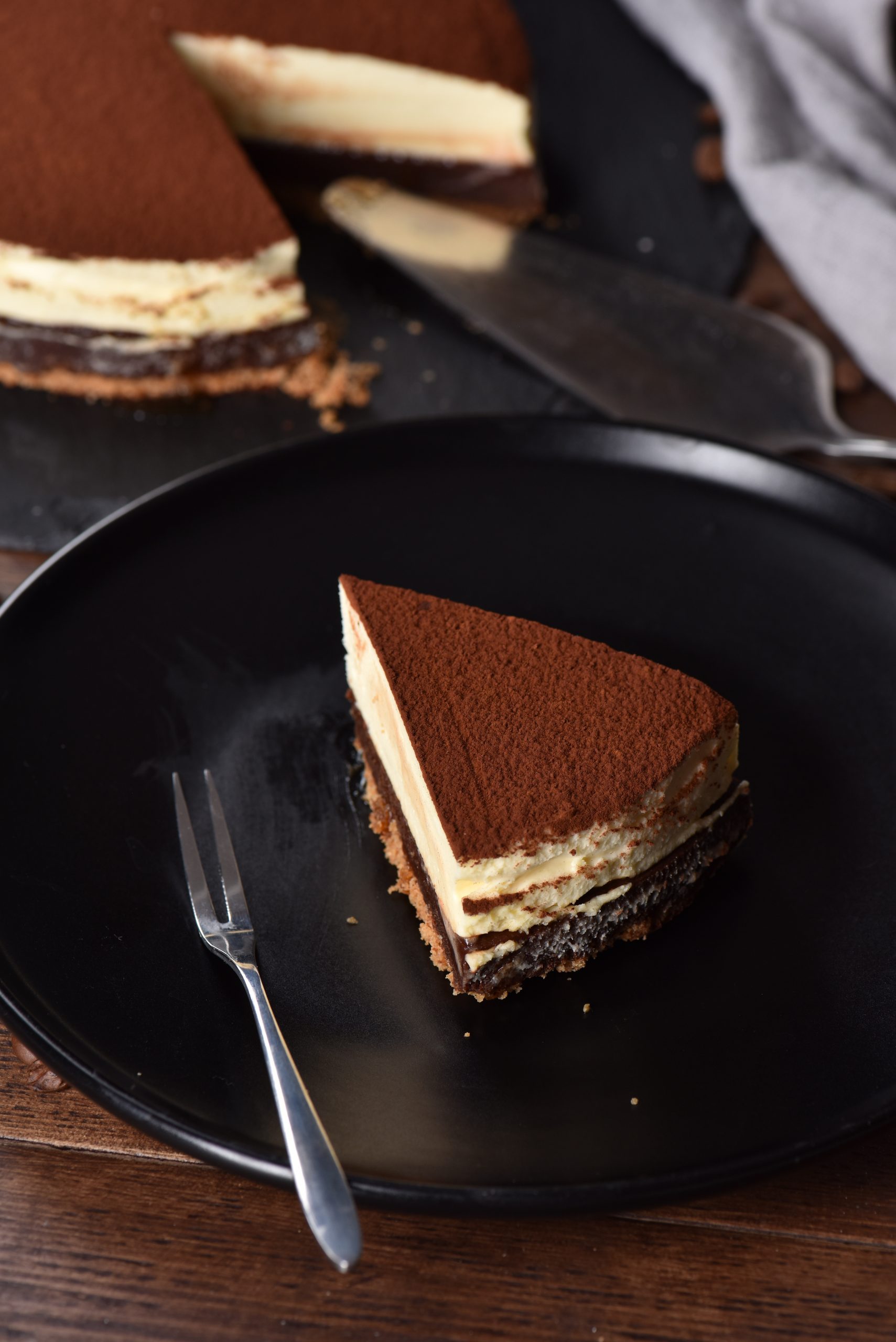Turn rich braised oxtail into light pillows of agnolotti, a type of pasta from the Piedmont region of Italy.
I’ve grown to really appreciate a slow braise. Braising seems particularly well-suited for a cold winter’s day (okay, technically not winter anymore, but it still can get cold around here). The kind of day in which you have no plans to leave your house, but rather to curl up with a good book or binge watch/catch up on your favorite television series while your home is filled with the most enticing aromas. An excuse to take it easy. To stay in your pjs all day. That’s how I spent a recent peaceful Sunday.
The best cuts of meat for braising are typically those that are less tender. Such cuts tend to be less expensive than their more tender counterparts. A perfect braising meat, as oxtail is bony and gelatin-rich.
Braising Process
No matter the cut of meat you intend to use, the braising process is essentially the same:
Pan-sear the meat until nicely browned on all sides.Add the aromatics (i.e., onion, celery, carrot) and fresh herbs.Add some braising liquid (e.g. wine, beer, vinegar, and/or stock).Cover and cook in the oven at a low temperature for several hours, until fall-off-the-bone tender.Lastly, use the delicious pan gravy to create a flavorful sauce to drizzle over your finished dish.

I took the oxtail one step further with a homemade agnolotti, a type of pasta from the Piedmont region of Italy.
On its own, braised oxtail is hearty and rich. As a filling for pasta, the oxtail is somehow transformed into something more light and delicate. Little pillows of rich goodness, bathed in a beef broth (from the braising liquid). Finished simply with thinly sliced parsley, lemon zest, and freshly grated Parmesan.
How to Make Braised Oxtail Ravioli FillingIn a medium saucepan, heat olive oil over medium heat. Add onions and cook until they turn a deep brown, which should take about 12 minutes.Stir in garlic, sugar, and vinegar. Cook for another 2 minutes, stirring continuously.Add the chopped braised oxtail and half a cup of chicken stock. Let it simmer until the mixture reduces and becomes sticky.Pour in the remaining chicken stock and continue cooking until the mixture thickens.Off the heat, stir in bone marrow (if using), parsley, and salt. Once the marrow melts into the mixture, transfer it to a food processor.While hot, puree the oxtail mixture until smooth. Incorporate the Parmigiano cheese and adjust seasoning if necessary.Allow the filling to cool to room temperature, then transfer to a piping bag.How to Make Ravioli DoughOn a clean work surface, combine flour and salt, forming a mound with a well in the center.In the well, gradually add the eggs, yolks, and olive oil. Gently whisk the eggs without breaking the walls of the flour.Incorporate the flour gradually, eventually kneading with your hands to form a stiff dough. Spritz with water if too dry.Knead the dough for about 10-15 minutes until it’s smooth and elastic. Wrap in plastic and let it rest for 30 minutes.


How to Form Agnolotti1. Prepare Your Workspace:Clear a large flat surface for rolling out the dough.Lightly dust the surface with flour to prevent sticking.Have a sharp knife, pasta wheel, or pastry cutter ready.Ensure the oxtail filling in the piping bag is nearby.2. Roll Out the Pasta Dough:Take the rested ravioli dough and divide it if it’s too large to manage.Roll out the dough using a rolling pin or pasta machine. Aim for a very thin sheet, almost translucent. If using a pasta machine, roll the dough until the second-to-last setting.3. Piping the Filling:Cut the rolled dough in half, creating two long strips approximately three inches wide.Starting at one end of a pasta strip, pipe the filling in small, evenly spaced mounds along the entire length. Ensure there’s roughly a 1/2-inch gap between each mound.
















